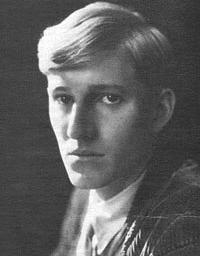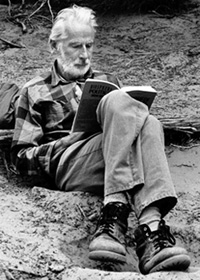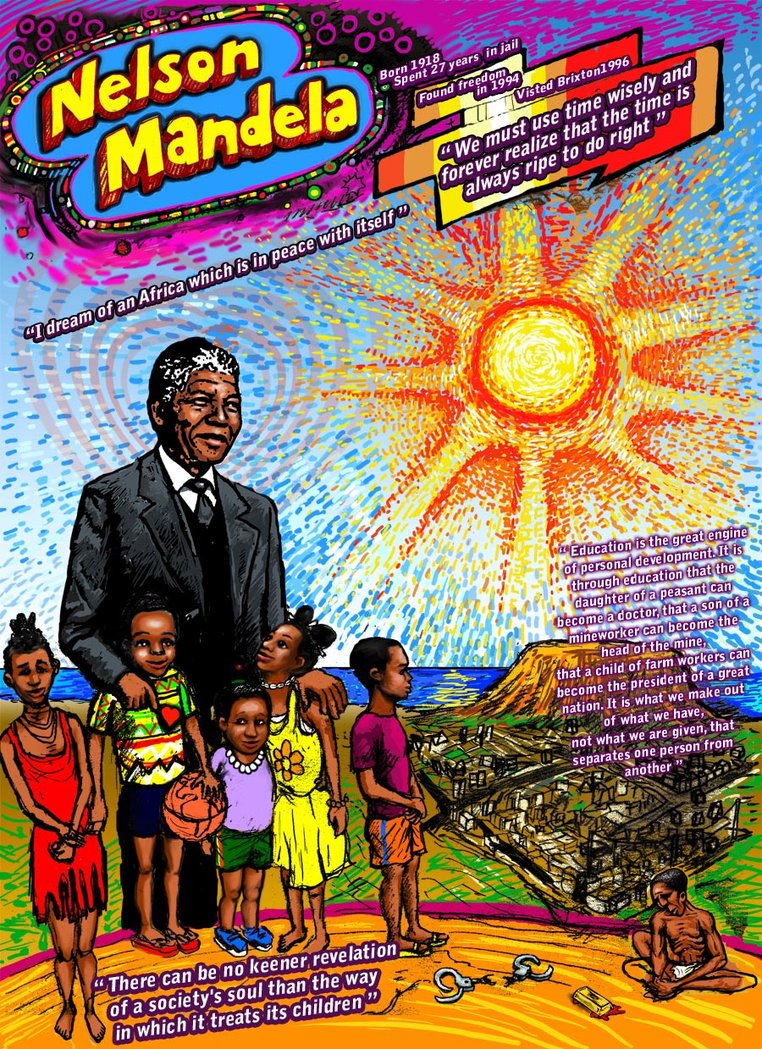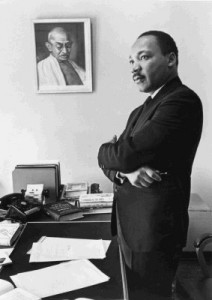by Reginald Reynolds
Editor’s Preface: Reginald Reynolds (1905-1958) was a British journalist and general secretary of the London based No More War Movement (1933-37). He was a friend and supporter of Gandhi, and a staunch critic of British imperialism in India, which he articulated in his controversial The White Sahibs in India [1937], and also in Why India [1942]. During WWII he was a conscientious objector, and served in a mobile hospital unit. Reynolds was a great admirer of the American Quaker preacher, John Woolman, whose works he edited for a new English edition, and whom he cites below. See the notes at the end for archival references, and further information. This is the unpublished text of a speech delivered by Reynolds at the seventh triennial WRI conference, Braunschweig, Germany, in July of 1951. JG

Reginald Reynolds c. 1930; courtesy swarthmore.edu
“There is no way to peace, peace is the way.” These words, which were first brought to my attention in a letter received recently, and which I have since seen in an article, have been ringing in my mind ever since I arrived at this conference, and frankly what I am going to say to you now is merely the possibly confused reflections which have been going on in my mind since I read these words.
To me they express, in the most terse and epigrammatic manner, a philosophy, which I have been evolving myself over a period of years. “There is no way to peace, peace is the way”, and I believe that pacifism, as I understand the word, is an attempt to realize, in terms of life, the meaning of that simple epigram.
We are asked continually by non-pacifists, whether we hope, by our methods and by our movement, to prevent war. I don’t know what answer you give – I always say “of course we hope, but we do not expect.” And we do not base our belief in nonviolence on any calculation regarding the possibility of stopping war by a method of war resistance.
Read the rest of this article »













